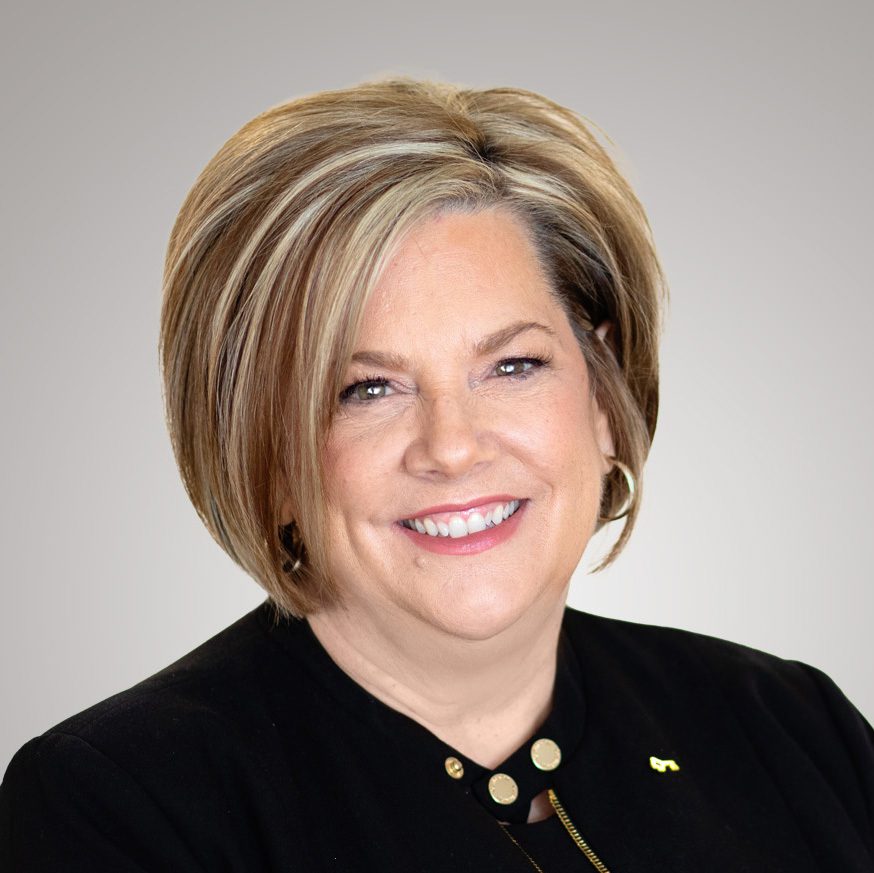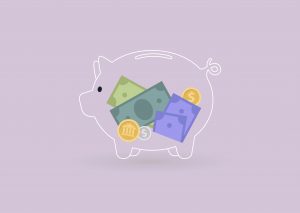
By Fran O’Rourke – KeyBank Capital Region Market President
The new year will soon be here and many will start 2023 with resolutions. Saving more money is a popular one as most Americans have $1,000 or less in savings and say that building saving is a financial priority. While getting started can feel overwhelming, it doesn’t have to be complicated. There are many simple tips you can follow to help begin building your savings and developing financially healthy habits in the new year.
Here are five practical tips you can use today:
- Shop Online Using Cash Back and Coupon Tools
Cash back online shopping tools like Rakuten or Ibotta allow you to earn cash back on purchases with major retailers. And whether your purchase is small or large, check to see whether there is a store, product or service coupon available. There are plenty of savings to be had that you might not otherwise be aware of, and programs like Honey or RetailMeNot can help you find discount codes on thousands of websites. A lot of these apps and browser extensions are available, so do some research and find one that works for you.
- Declutter, Sell and Save
When the weather gets warmer, think about cleaning out and having yard sales, but you don’t have to go whole-house. Start by going through a single room and setting aside things you haven’t used in a while, or that no longer bring you joy, and simply list them on a resell platform or social media. Tuck the proceeds into your savings account.
- Freeze Your Spending
For one week, make note of the non-essential items you purchase, then challenge yourself to stop purchasing them for a bit (two weeks, for instance). Explore ways to swap purchases with a DIY alternative you can make at home – such as brewing your own morning coffee and using a travel mug. During that time, take the money you would have spent on these purchases and deposit it into your savings. Consider keeping the challenge going, as well as looking for new swapping possibilities.
- Pack your lunches
According to a recent Visa survey, the average American spends around $53 a week on lunch, totaling more than $2,700 per year. Preparing your own lunches can significantly reduce this cost, and it is typically healthier, too. Plan and prep meals ahead of time to avoid impulse lunch purchases and limit the number of times you eat out for lunch.
- Grocery Shop with a Plan
Making a shopping list and sticking to it goes a long way toward saving money at the store, along with checking what you already have at home and preparing meals based on those resources.
Take advantage of grocery store loyalty programs and coupons, and if there’s a curbside pickup option, then that service can help prevent impulse buying, too.
Challenge Yourself to Go Even Further
Set up a savings account and consider taking on a “money-saving challenge” to help establish a pattern of regularly adding to your account. Here are a couple fun ideas to get you going.
Dollar-a-Day Challenge
One popular challenge is to save a dollar a day. It’s simple, yet powerful – you’ll not only start building a habit of saving, but you will also see how small amounts can add up. If you start today and commit to a year of saving, then you will have saved $365 by the end.
Weekly $ Saving Challenge
Start by putting a dollar into your savings account in the first week. Then, increase the amount to two dollars in week two, three dollars in week three, and so on. Over the course of one year, you will have contributed a hefty amount toward savings. If you start this week, then your savings will total nearly $1,400 by this time next year.
Get Started: It’s Easy and Rewarding
Make saving even easier with KeyBank’s EasyUp® which automatically shifts a small amount of money from your checking account into your savings account every time you use your debit card. See how your savings will add up with KeyBank’s Savings Calculator.
EasyUp is a great companion to whichever tip or challenge you choose. Pick one today and discover how simple and enjoyable saving can be.
KeyBank is Member FDIC © 2022. KeyCorp.This material is presented for informational purposes only.
What is Good Debt vs. Bad Debt?
Not all debt is equal. Some kinds can help you, while others will only make life harder. And it varies from person to person.
Good Debt
Think of good debt as debt that can pay you back. It’s borrowed money that fits into a budget, helps you reach a goal and builds wealth over time.
Examples:
- Student loans with low interest and affordable payments
- Small business loans that finance long-term goals
- A mortgage loan with an affordable payment
Bad Debt
Think of bad debt as debt that does little to help you. It’s borrowed money that strains your budget, creates unaffordable payments and doesn’t help your finances long-term.
Examples:
- Carrying large balances on high interest credit cards
- Loans with unaffordable payments
- Loans for purchases that lose value over time
Net Worth
This is a way of knowing your good to bad debt ratio. To find yours, subtract the value of your liabilities from your assets.
Examples:
- Assets are what you own (houses, cars, stocks, savings accounts)
- Liabilities are what you owe. This can be good and bad debt (think credit card debt or a mortgage)



